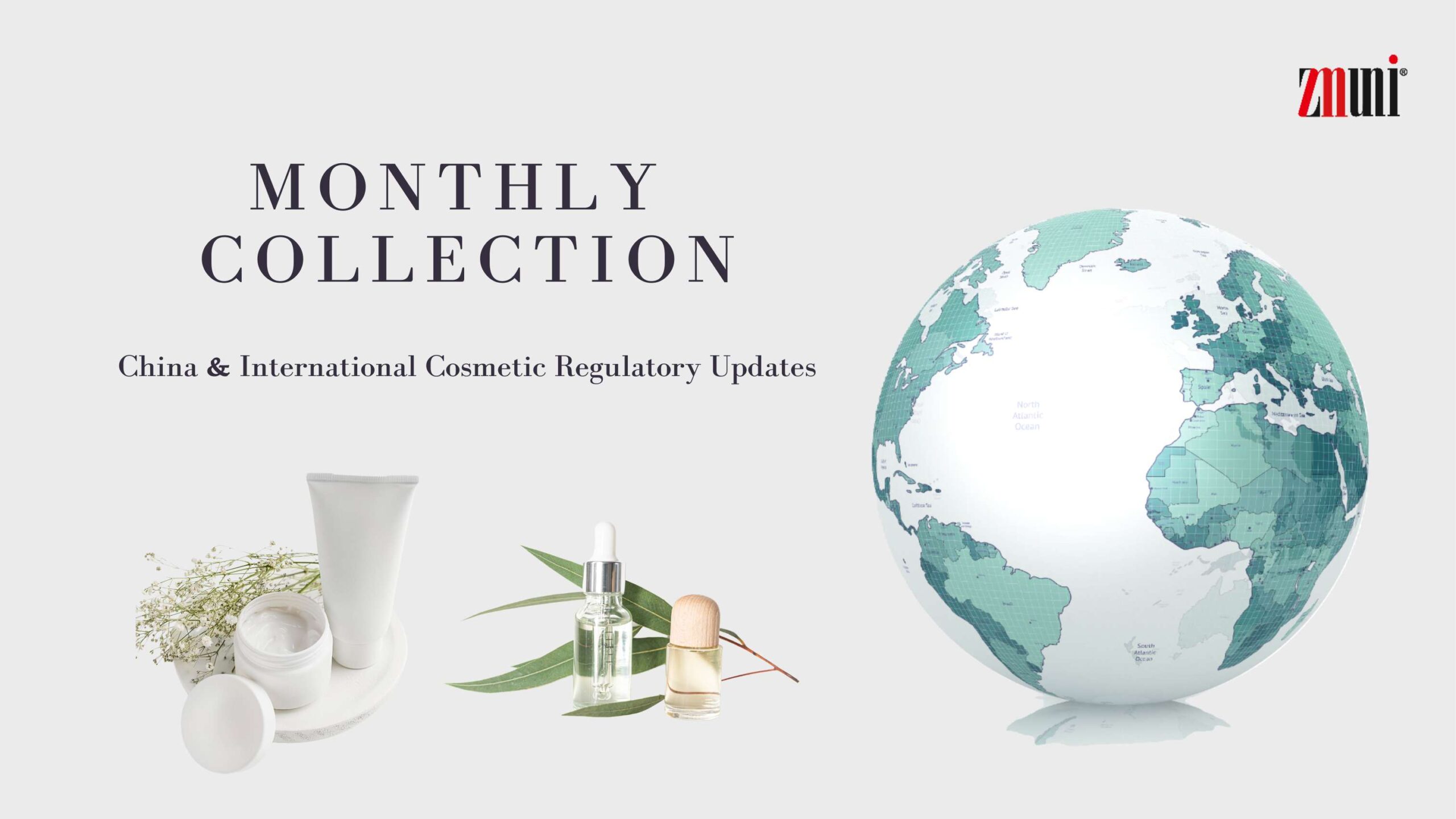+86 571 8659 2517
+86 180 5841 8258
info@zmuni.com

On July 17, 2025, China's General Administration of Customs (GACC) released its list of non-compliant imported food products for June 2025. According to the list, a total of 485 batches from 45 countries and regions were denied entry — representing a 4% increase from the previous month and a 13% rise year-on-year. The number of non-compliant food imports continues to rise. The majority of non-compliant imports came from Spain (18.1%), the U.S. ranked second (17.5%), followed by Brazil (13.2%), and Japan (7.4%). Key reasons for import rejections included: - Non-compliance with national food standards (272 batches) - Unqualified labeling (55 batches) - Discrepancy between cargo and certificates (54

For related insights on ingredient approvals, see our article on New Food Ingredient Applications in China – H1 2025. Both food ingredients and food additives are regulated under China's "Three New Foods" system. Overview As of June 30, 2025, China's National Health Commission (NHC) released two official "Three New Foods" announcements (Notice No. 1 and No. 3 of 2025), approving 14 new food additive varieties, including new substances, expanded usage scopes, and updated specifications. This is consistent with the number of approvals granted in the first half of 2024, indicating a stable regulatory pace. H1 2025 at

As the food industry grows and consumer demands diversify, innovation in new food ingredients becomes crucial for product differentiation and market strategy in China. This article summarizes China's new food ingredient acceptance, approval, and regulatory trends in H1 2025 (data up to June 30), offering practical compliance insights for food companies. Application Trends and Review Progress In H1 2025, China had received 34 new food ingredient applications, marking a significant year-on-year increase. Among them, 27 were domestic and 7 were imported. Compared with the same period in 2024, the number of applications more than doubled—already surpassing the full-year

In the first half of 2025, China continued to advance reforms in cosmetic regulations and oversight. This article provides a systematic review of regulatory updates across four key areas, offering insight into the evolving compliance landscape. Full Version of China Cosmetic Safety Assessment Reports As of May 1, 2025, all cosmetic registrants and notifiers in China are required to submit a full version of safety assessment report that complies with the latest regulatory requirements when applying for product registration or notification. To support this transition, China's National Institutes for Food and Drug Control (NIFDC) issued a series of official notices and guidance

From July 1 to July 9, 2025, 4 new cosmetic ingredients were notified with the China National Medical Products Administration (NMPA). The technical requirements for the 4 new cosmetic ingredients mentioned above have not been disclosed, and they have not yet entered the safety monitoring period. Phytonadione Epoxide In recent years, the growing emphasis on efficacy-driven skincare has brought increased attention to vitamin-based ingredients in cosmetics. Traditional Vitamin K-1, however, is banned under China's Safety Technical Standards for Cosmetic due to its instability and allergenic potential. To address these issues, the notifier, Shandong Guangtongbao Pharmaceutical Co., Ltd., developed a structurally optimized derivative

In the first half of 2025, cosmetic regulations worldwide have evolved steadily. From mature markets in Europe and North America to emerging Asian economies, countries have made updates to ensure consumer safety, protect the environment, and advance industry development. These changes affect product market access and consumer interests directly. ZMUni Compliance Centre has summarized key regulatory updates from major markets, including the EU, US, Canada, South Korea and ASEAN. Europe EU updated Borderline Manual Manual with Vial and Ampoule Product Criteria: On January 24, 2025, the European Commission updated the Borderline Manual to clarify that products

This article provides a comprehensive overview of key regulatory developments in the food sector in June 2025, both in China and internationally. It focuses on updates related to new food ingredients, food additives, health foods, and feed, aiming to offer timely and in-depth regulatory alerts for enterprises engaged in food import and export. China Food Regulatory Updates Regulations & Standards In June 2025, the Standing Committee of the National People's Congress released the Draft Amendment to the Food Safety Law of the People's Republic of China for public consultation. Enterprises are encouraged to submit their feedback via the official NPC website

The global cosmetics regulatory environment continues to evolve. To help businesses stay updated with regulatory changes, ZMUni Compliance Center regularly releases a monthly recap of global cosmetics regulations. This article covers the regulatory developments related to cosmetics within China and globally in June 2025, with an emphasis on updates in cosmetic ingredients, cosmetic management, among others. China Cosmetic Regulatory Updates New Cosmetics Ingredients (NCI) Notification In June 2025, 14 new cosmetic ingredients were notified with the China National Medical Products Administration (NMPA). They include: The technical requirements for the 14 new cosmetic ingredients mentioned above have not been disclosed, and they have not yet
+86 571 8659 2517
+86 180 5841 8258
info@zmuni.com